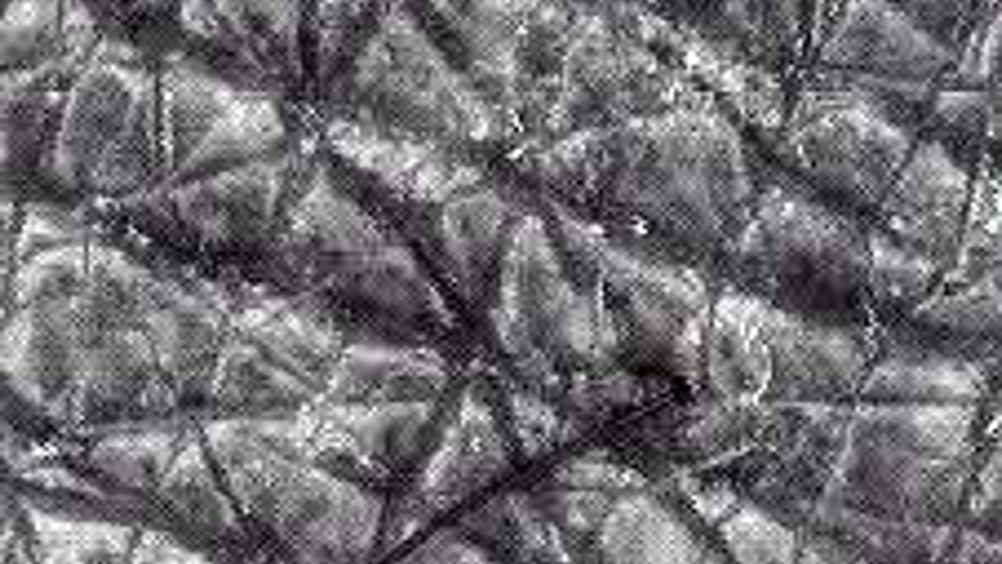Infection inspection
Scientists at Sydney's Centenary Institute in Australia have filmed an immune cell becoming infected by a parasite.

Scientists at Sydney's Centenary Institute in Australia have filmed an immune cell becoming infected by a parasite and followed the infection as it begins to spread throughout the body.
Prof Wolfgang Weninger, head of the Immune Imaging programme at the Centenary Institute, said that the filming was made possible using high-powered multi-photon microscopy, which allows cells to be viewed in real-time.
'Using multi-photon microscopy, we studied dendritic cells in the skin. Under normal conditions we found the cells in the epidermis (top layer) were static, whereas in the dermis (second layer) they were very active, moving around as though seeking out pathogens,' explained Prof Weninger. 'Once we established this, it was fascinating to introduce the Leishmania infection and watch as the parasite was picked up by the cells and the process by which it began to spread throughout the body.'
Leishmaniasis affects up to 12 million people in parts of Africa, the Middle East and South America. The disease causes skin sores and can affect internal organs such as the spleen, liver and bone marrow. If left untreated, it can be fatal.
Register now to continue reading
Thanks for visiting The Engineer. You’ve now reached your monthly limit of news stories. Register for free to unlock unlimited access to all of our news coverage, as well as premium content including opinion, in-depth features and special reports.
Benefits of registering
-
In-depth insights and coverage of key emerging trends
-
Unrestricted access to special reports throughout the year
-
Daily technology news delivered straight to your inbox










National Gas receives funding to develop Gravitricity underground hydrogen storage system
One single rock salt mine - Winsford - has 23 <i>MILLION </i>cubic metres of void and even allowing for 10% of that void set aside for hazardous waste...